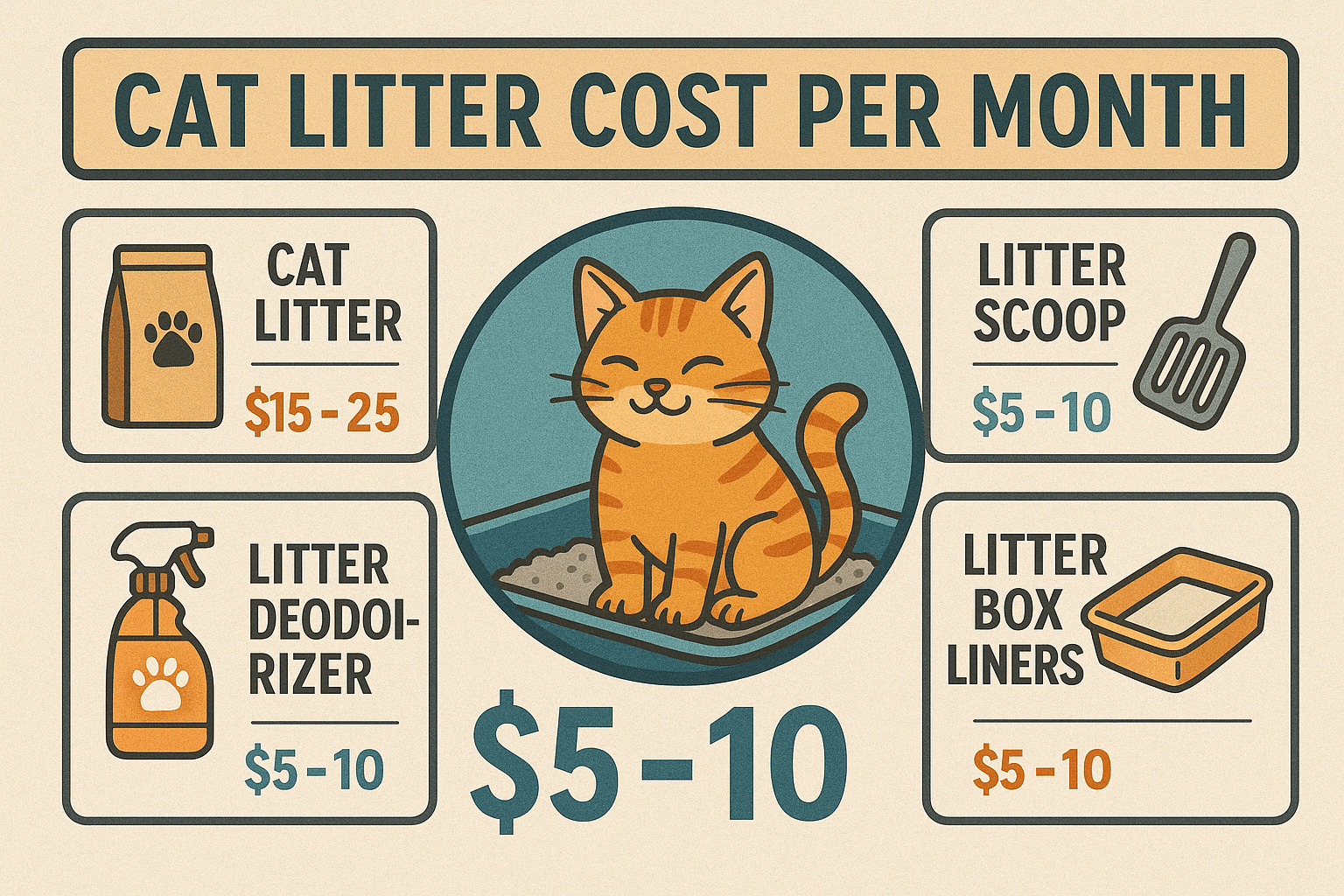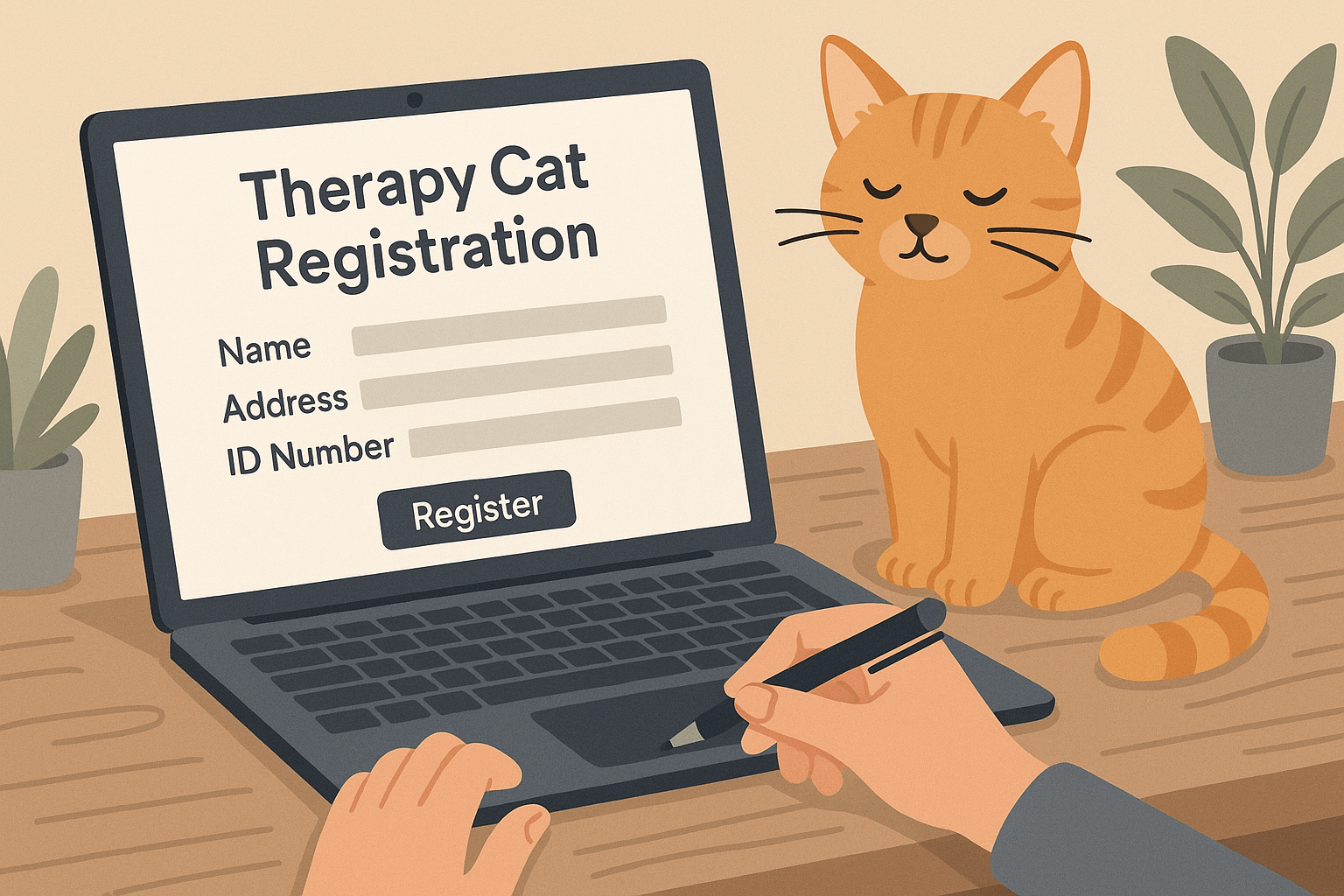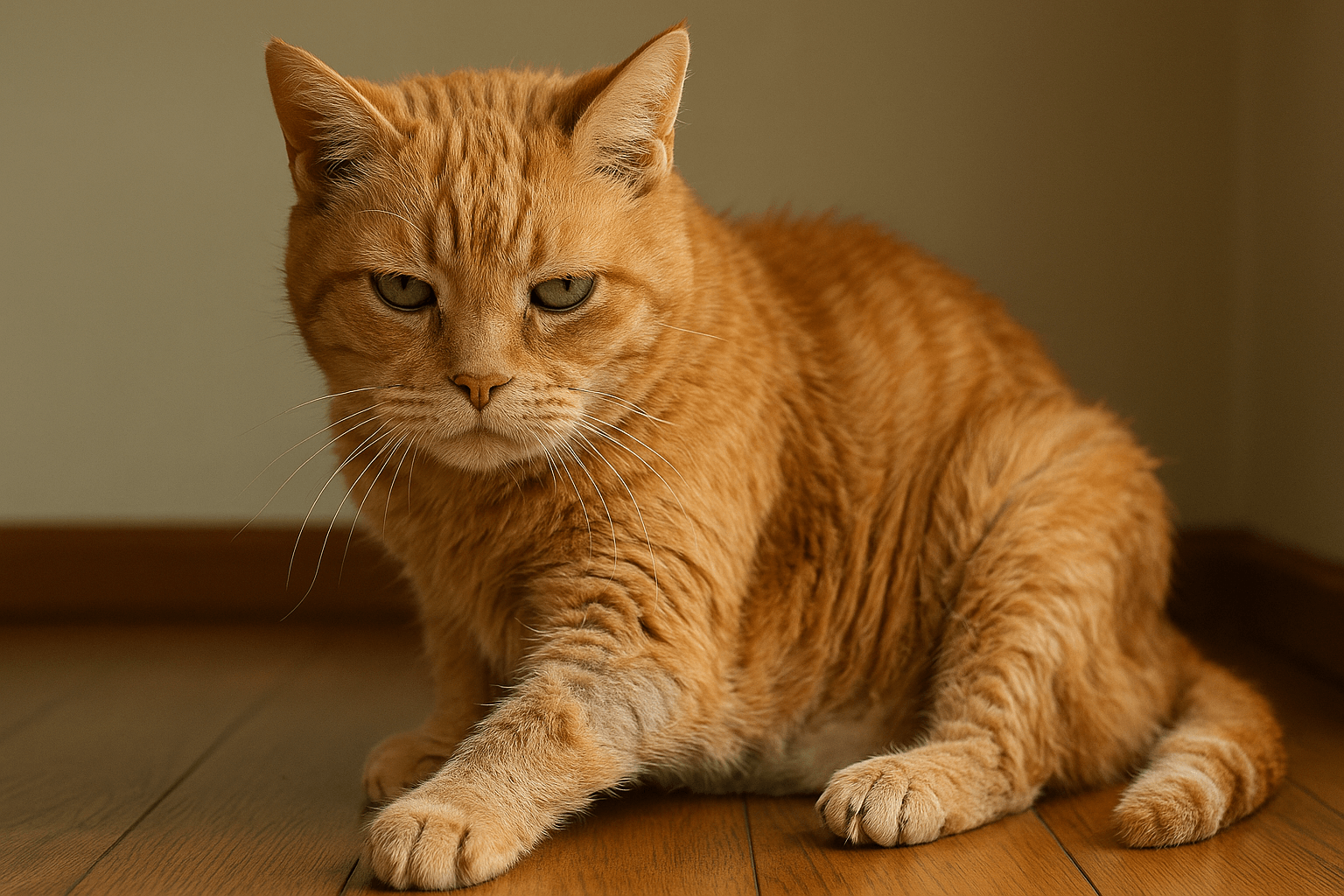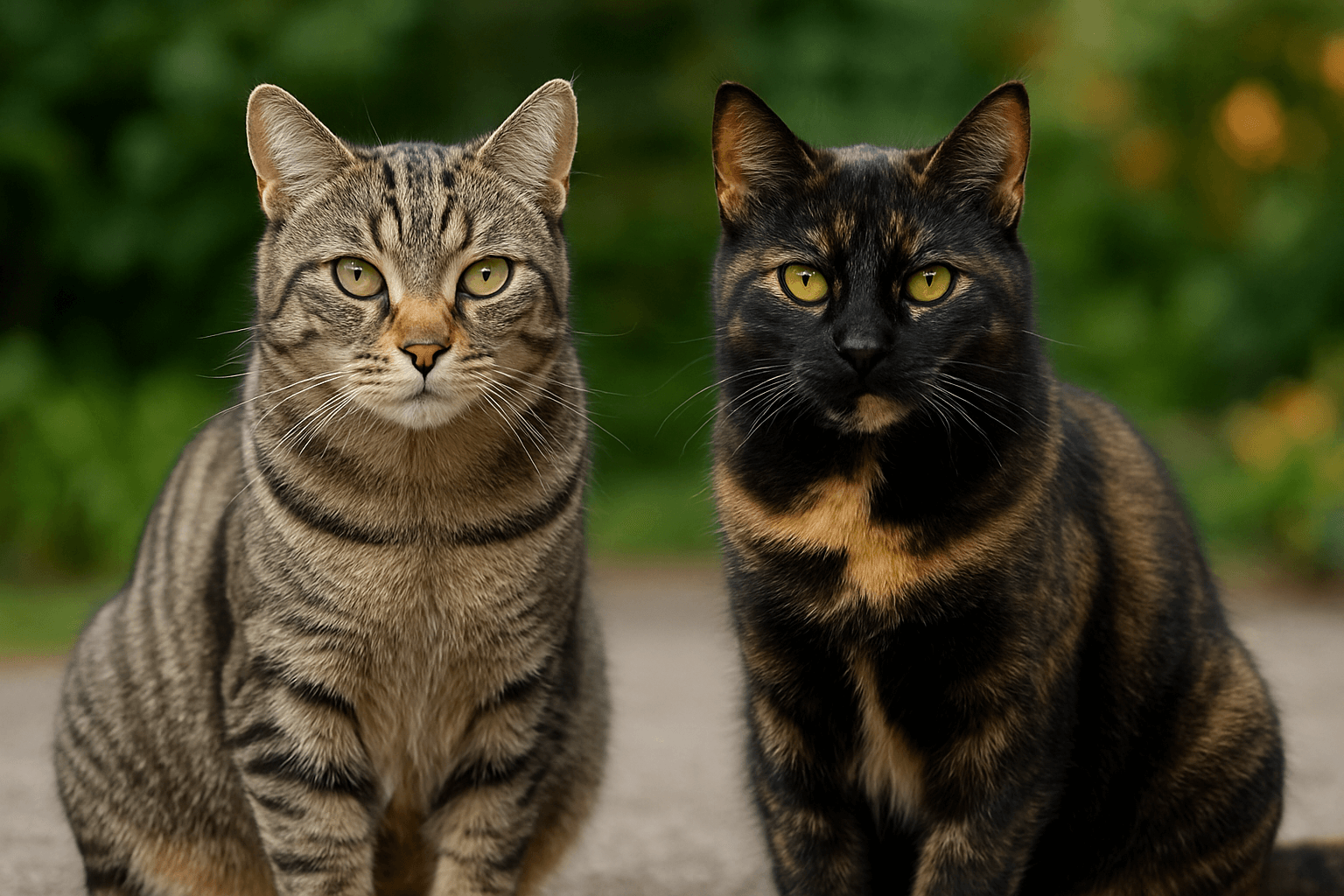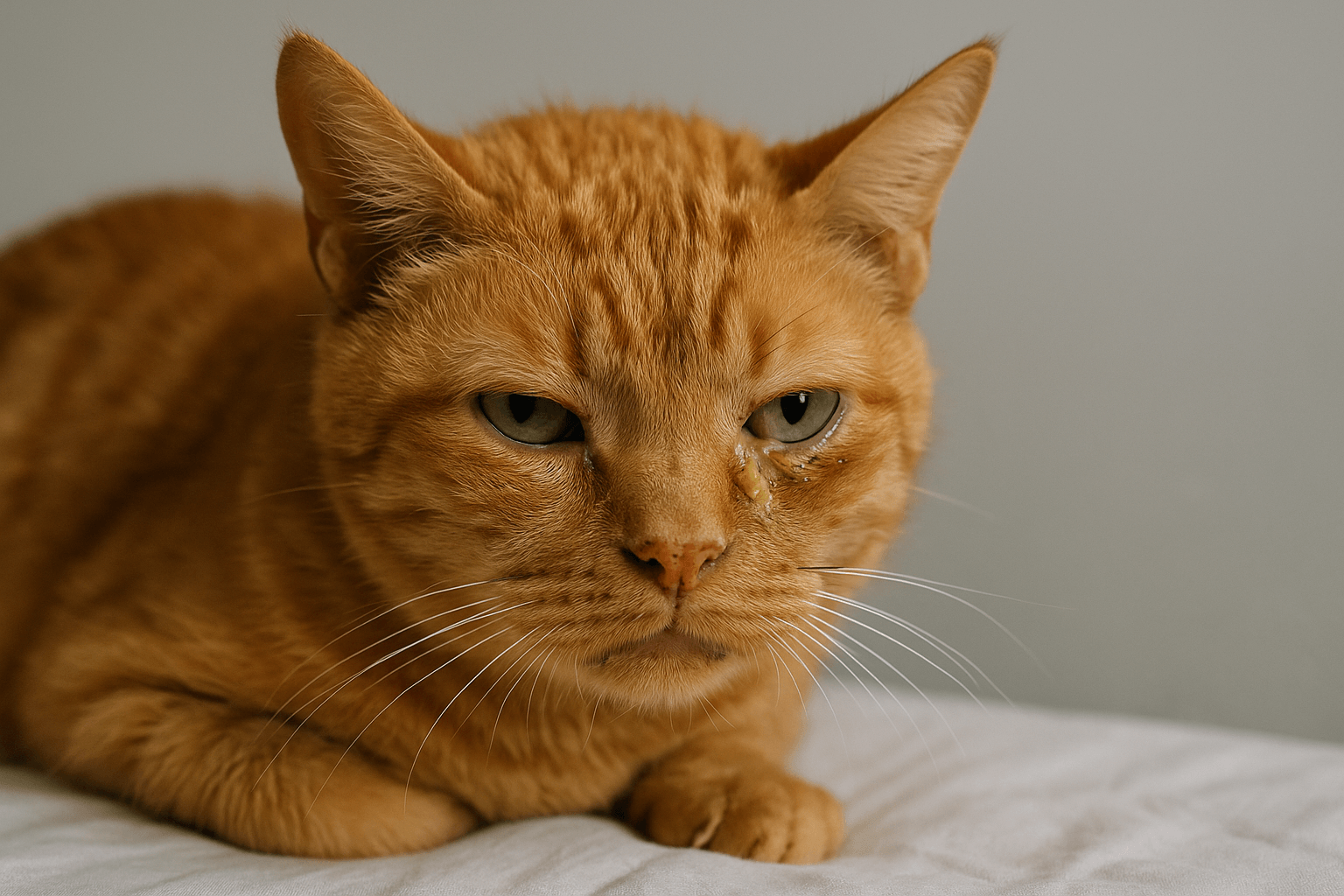Cat Litter Cost Per Month: What You Need to Know
Owning a cat is a rewarding experience, but it comes with ongoing expenses—none more frequent than the cost of cat litter. Whether you’re a first-time cat owner or looking to optimize your budget, understanding how much you spend on cat litter each month is essential. The price can vary significantly depending on factors like the type of litter, the number of cats, and your cleaning habits. In this blog post, we’ll break down the costs, explore money-saving tips, and help you find the best solutions for your feline friend’s needs—all while keeping your wallet happy.
Factors That Influence Cat Litter Costs
The monthly cost of cat litter isn’t a one-size-fits-all figure—it depends on several variables that can impact how much you spend. Understanding these factors will help you better estimate your expenses.
Type of Cat Litter:
Clumping clay, non-clumping clay, silica gel crystals, and eco-friendly options all come with different price tags. Premium litters tend to be more expensive upfront.Number of Cats in Your Household:
More cats mean more waste, which increases the frequency of litter changes and the overall monthly cost.Litter Box Size and Frequency of Cleaning:
Larger litter boxes require more litter, and frequent cleaning may lead to higher usage rates.Brand and Quality Preferences:
Some brands are pricier due to added features like odor control or dust reduction, while generic options may save you money.Location and Retailer Prices:
Regional pricing differences and retailer discounts can affect how much you pay for the same bag of litter.
By considering these factors, you can make informed decisions about which litter to buy and how to manage your budget effectively.
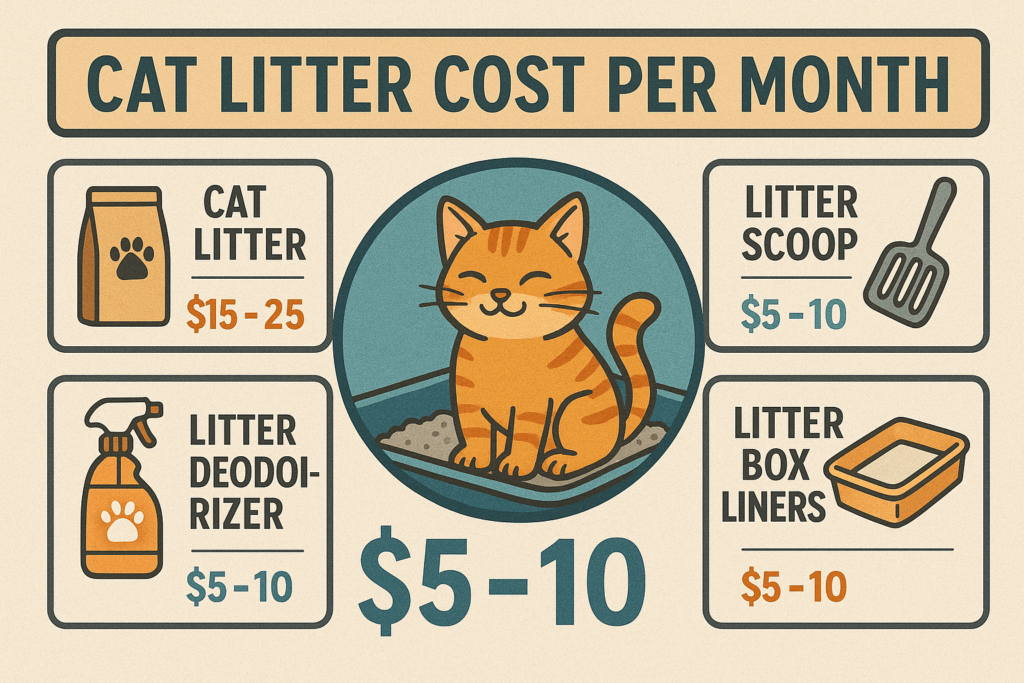
Estimated Monthly Costs for Popular Cat Litter Types
Different types of cat litter come with varying price points, and understanding these estimates can help you plan your monthly expenses. Here’s a breakdown of common options and their approximate costs.
Clumping Clay Litter:
Typically priced between $10-$20 per 20-pound bag, this type lasts about 1-2 months for one cat, depending on usage.Non-Clumping Clay Litter:
Slightly cheaper at $8-$15 per 20-pound bag, but it requires more frequent changes, potentially increasing overall costs.Silica Gel Crystal Litter:
Priced around $20-$30 per 6-8 pound container, this long-lasting option can last up to a month for one cat.Biodegradable/Eco-Friendly Litter:
Ranging from $15-$30 per bag, these litters are pricier but appeal to environmentally conscious owners.Budget-Friendly Generic Brands:
Available for as low as $5-$10 per bag, these options are cost-effective but may lack advanced features like odor control.
Choosing the right type of litter involves balancing cost, convenience, and performance to meet your household’s needs.
Check this guide 👉Human Allergic to Cat Litter Symptoms: Best 7 Expert Tips!
Check this guide 👉Does Cat Litter Deter Mice? Best 7 Expert Tips!
Check this guide 👉How Big Should a Cat Litter Box Be? Best 7 Expert Tips!
Cost-Saving Strategies for Cat Litter | Potential Savings Per Month |
|---|---|
Use coupons or bulk discounts | $5-$10 |
Switch to a more efficient litter type | $10-$20 |
Clean the litter box daily | Reduces litter waste by 20% |
Mix premium and budget litters | $5-$15 |
Repurpose old litter containers | Saves on storage costs |
Tips for Reducing Cat Litter Costs Without Sacrificing Quality
Cutting costs doesn’t mean compromising on cleanliness or comfort for your cat. These tips can help you save money while keeping your litter box fresh and functional.
Buy in Bulk:
Purchasing larger bags of litter often reduces the cost per pound, especially if you have multiple cats.Combine Litter Types:
Mixing a small amount of premium litter with a budget option can extend the life of both without sacrificing performance.Use Less Litter Per Change:
A depth of 2-3 inches is sufficient for most cats, so avoid overfilling the litter box unnecessarily.Reuse Litter Liners:
If your litter box uses liners, reuse them when possible to cut down on additional expenses.DIY Litter Solutions:
Experiment with homemade alternatives like shredded paper or sawdust (if safe) to reduce reliance on store-bought products.
Implementing these strategies can help you manage your cat litter budget more effectively without sacrificing hygiene or convenience.
Environmental Impact of Cat Litter Choices
While cost is a primary concern, many cat owners are also interested in minimizing their environmental footprint. Here’s how different litter types affect the planet—and what you can do about it.
Traditional Clay Litters:
Mining clay contributes to environmental degradation, making these litters less eco-friendly.Silica Gel Crystals:
While durable, these litters aren’t biodegradable and take years to break down in landfills.Eco-Friendly Options:
Made from materials like corn, wheat, or recycled paper, these litters decompose naturally and reduce waste.Minimalist Usage Habits:
Using less litter and cleaning efficiently minimizes resource consumption and landfill contributions.Composting Waste Safely:
Some biodegradable litters can be composted, though proper disposal methods must be followed to avoid contamination.
Considering the environmental impact of your choices allows you to balance affordability with sustainability.
Common Mistakes That Increase Cat Litter Costs
Avoiding unnecessary expenses starts with recognizing habits that inflate your cat litter budget. Here are some common mistakes and how to fix them.
Overfilling the Litter Box:
Adding too much litter wastes product and increases monthly costs unnecessarily. Stick to a depth of 2-3 inches.Infrequent Cleaning:
Delaying cleanings leads to unpleasant odors and requires more litter to mask smells, driving up usage rates.Ignoring Coupons or Sales:
Failing to take advantage of discounts means missing out on potential savings. Always check for deals before purchasing.Using Low-Quality Litters:
Cheap litters may seem cost-effective but often require more frequent changes, negating initial savings.Not Measuring Usage:
Tracking how much litter you use can help identify inefficiencies and adjust your buying habits accordingly.
Correcting these mistakes helps streamline your litter management process and reduces unnecessary spending.
Benefits of Investing in High-Quality Cat Litter
While premium litters may seem expensive, they offer advantages that justify the higher price tag. Here’s why investing in quality might be worth it.
Superior Odor Control:
High-quality litters neutralize odors more effectively, creating a fresher environment for you and your cat.Lower Dust Levels:
Reduced dust improves air quality, benefiting both human and feline respiratory health.Improved Clumping Ability:
Better clumping makes scooping easier and ensures less litter goes to waste during cleaning.Longer Lifespan:
Premium litters often last longer, offsetting their higher upfront cost over time.Enhanced Comfort for Your Cat:
Soft textures and natural ingredients provide a more pleasant experience for your pet.
Investing in high-quality litter pays off in convenience, cleanliness, and peace of mind.
Creative Ways to Extend the Life of Your Cat Litter
Maximizing the lifespan of your cat litter not only saves money but also reduces waste. Try these creative strategies to get the most out of each bag.
Layer Fresh Litter Over Old:
Instead of replacing all the litter, add a fresh layer on top to refresh the box without wasting usable material.Sift Through Daily:
Regularly sifting removes clumps and solid waste, leaving behind clean litter for continued use.Rotate Litter Boxes:
If you have multiple boxes, rotate their contents to distribute wear evenly and prolong usability.Spot Clean Strategically:
Focus on heavily soiled areas rather than replacing the entire box, conserving litter in the process.Store Unused Litter Properly:
Keep extra bags sealed tightly to prevent moisture absorption, which can degrade the product prematurely.
With a bit of ingenuity, you can stretch your litter supply further and keep costs under control.
Frequently Asked Questions About Cat Litter Costs
How much does cat litter cost per month?
For one cat, expect to spend $10-$30 monthly, depending on the type of litter and usage habits.
What is the cheapest cat litter option?
Non-clumping clay litters or generic brands are typically the most affordable choices.
Can I mix different types of litter?
Yes, mixing litters can improve efficiency and extend the lifespan of pricier options.
How can I save money on cat litter?
Buying in bulk, using coupons, and practicing efficient cleaning habits can lower costs.
Are eco-friendly litters worth the extra cost?
If sustainability matters to you, eco-friendly litters are a worthwhile investment despite their higher price tag.
Finding the Right Balance for Your Budget and Your Cat
Managing cat litter costs doesn’t have to feel overwhelming. By understanding the factors that influence expenses, exploring affordable options, and adopting smart cleaning habits, you can keep your cat happy and your home tidy without breaking the bank. Remember, every household is unique, so tailor your approach to fit your specific needs and priorities. With a little planning and creativity, you can strike the perfect balance between cost-effectiveness and quality care for your beloved feline companion.
How to Register a Therapy Cat: Best 7 Expert Tips! Discover essential steps to certify your cat as a therapy animal, prepare them for training, and make a meaningful impact in therapeutic settings.
Understanding Osteoarthritis in Cats: Best 7 Expert Tips! Learn how to identify, manage, and improve your cat’s joint health with practical advice from veterinary experts.
Tabby Cat vs Tortoiseshell: Best 7 Expert Tips! Discover the differences in patterns, personalities, and care needs between tabby and tortoiseshell cats to find your perfect feline companion.
Understanding Trichomoniasis in Cats: Best 7 Expert Tips! Discover symptoms, treatment, and prevention strategies for this common feline parasite to keep your cat healthy and happy.

